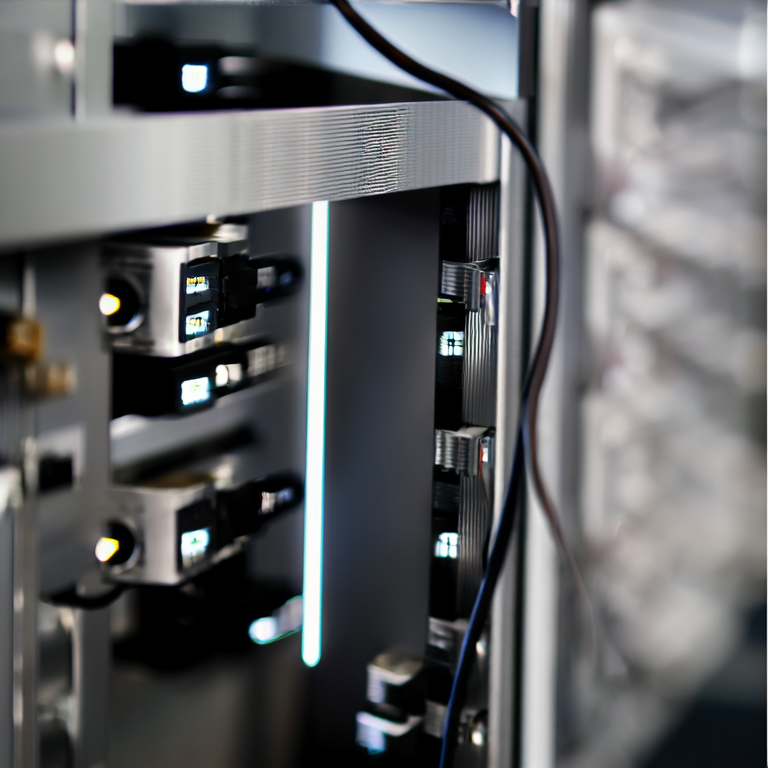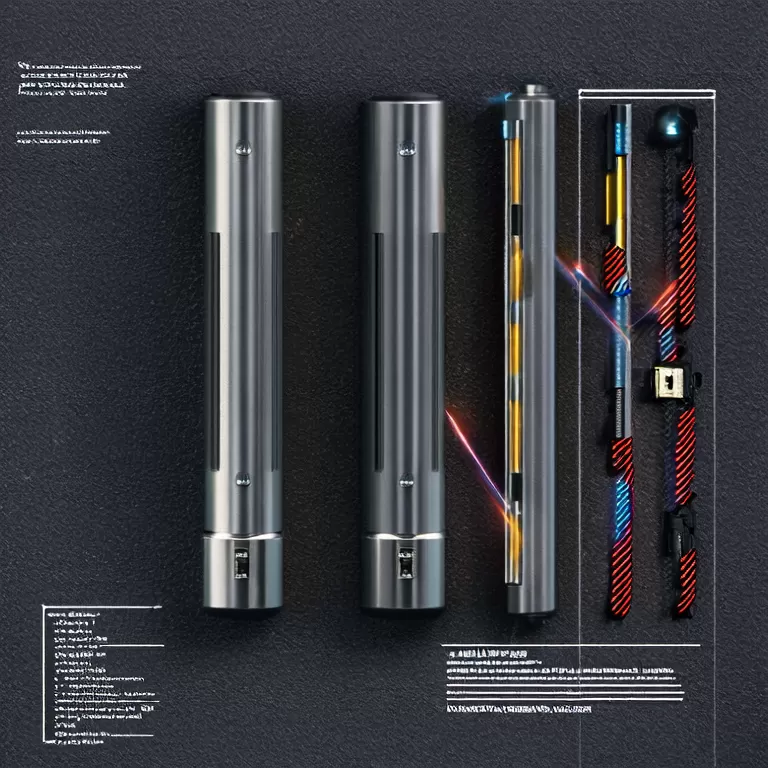- Home
- Products
+
- Connectors
+
- Box Header Connectors & Ejector Header Connectors
- Female Header Connectors
- Male Pin Header Connectors & Mini Jumper Connectors
- IC Socket / PLCC Socket / ZIF Socket Connectors
- Wire to Board Connectors & Wire to Wire Connectors
- IDC Connectors
- FFC / FPC Connectors
- Micro Match Connectors
- DIN41612 Connector
- D-Sub Connectors / D-SUB hood
- SIM & Micro SIM & Nano SIM Card Connectors
- Memory Card Connectors
- USB 2.0 / USB 3.0 / USB 3.1 / Type C / Micro USB / IEEE 1394 / Mini USB Connectors
- DVI Connectors & HDMI Connectors
- Y13 / Y17 /Y21 IP68 Waterproof Circular Connectors
- Circular Connectors
- SATA Connectors
- Audio Connectors
- Terminal Blocks
+
- PCB Terminal Block Rising Clamp
- PCB Terminal Block Wire Protector
- Pluggable Terminal Blocks
- Screwless-Spring terminal blocks
- Barrier Terminal Blocks
- Reflow Solder LCP Housing Terminal Blocks
- Fuse lighting terminal blocks
- Feed Through Terminal Blocks and Box
- Miniature Rail-mounted Terminal Blocks
- Insulated terminals
- Non-insulated terminals
- Solder terminals for PCB mount
- Switches +
- Crystals / Oscillators / Resonators +
- Transformers +
- Ethernet Connectors +
- RF Connectors +
- Sound sources +
- Latching Relay +
- Antenna +
- Connectors
+
- Cross Reference
- Solution
- About RHT
- FAQ
- Download
- News
- Contact Us +
Where are terminal blocks used?
 Sep. 23, 2025
Sep. 23, 2025Introduction to Terminal Blocks and Their Significance
In the ever-evolving world of electrical engineering, Terminal Blocks have emerged as essential components, particularly valued by Terminal Blocks Suppliers for their ability to provide safe and efficient connections in electrical systems. With industries increasingly relying on complex wiring setups, the need for reliable connection points has never been more pressing. Terminal blocks address pain points such as poor connectivity and circuit faults, leading to improved safety and system effectiveness. These components find applications in countless scenarios—from industrial machines to sophisticated home electrical systems—enabling seamless communication and power distribution.

Definition of Terminal Blocks
Terminal blocks are insulated, modular devices that facilitate the connection, disconnection, and grounding of electrical wires. They come in several configurations, including screw terminal blocks, pluggable terminal blocks, and spring-loaded terminal blocks. In the industry, these devices are often categorized based on factors like voltage range, number of connections, and configuration type, cementing their role as critical components in secure electrical connections.
Application Scenarios for Terminal Blocks
The applications of terminal blocks span a wide variety of fields, including:
- Industrial Automation: Used for wiring connections in machinery, enabling control systems to operate without interruptions.
- Power Distribution: Essential in managing electrical power supply in substations and transformer systems.
- Building Infrastructure: Found in lighting and HVAC control panels, terminal blocks facilitate accurate power distribution and safety protocols.
- Telecommunications: Integral for safe and efficient connections in communication networks, ensuring data integrity.
- Transportation Systems: Utilized in railway systems and aerospace technologies to maintain electrical connectivity in harsh environments.
Advantages of Using Terminal Blocks
The importance of terminal blocks cannot be overstated. Key benefits include:
-
Enhanced Safety: Terminal blocks minimize the risk of short circuits. An analysis by Electrical Safety Foundation International (ESFI) shows that proper wiring practices, including using terminal blocks, can reduce electrical hazards by up to 70%.
-
Simplified Maintenance: Their modular nature allows for easy replacement and troubleshooting, which can reduce system downtime by as much as 50%, according to equipment maintenance studies.
-
Scalability: As systems grow, terminal blocks allow for straightforward scalability. For instance, modular designs mean additional circuits can be easily integrated without extensive rewiring, maintaining operational integrity.
-
Versatility: With numerous designs tailored for specific needs (such as high-temperature applications), terminal blocks can be adapted across different sectors, offering solutions that align with unique performance requirements.
Next Steps: Guidance for Users
To derive maximum value from terminal blocks, users should refer to the user guide tailored to the specific terminal block models in use. These guides often contain important information related to installation techniques, wiring configurations, and maintenance tips.
FAQ
Q: What are terminal blocks used for?
A: Terminal blocks are used to connect and manage electrical wires, providing a safe and organized means of establishing electrical connections in various applications.
Q: How do I choose the right terminal block?
A: Factors to consider include the application’s voltage and current requirements, the number of connections needed, and environmental conditions.
Q: Can terminal blocks handle high currents?
A: Yes, terminal blocks are available in models designed to handle high currents safely, generally rated from 10 A up to 100 A and beyond, depending on specific models and applications.
For more information about Terminal Blocks, consider exploring RHT\'s product line. Experiencing their features firsthand can provide deeper insights into how these components can benefit your projects.
Conclusion
In summary, terminal blocks serve a crucial role in ensuring reliable electrical connections across various industries. Their advantages, coupled with the critical need for safety and efficiency in electrical systems, solidify their position as indispensable components. For those interested in exploring further, understanding how terminal blocks can be integrated into specific applications is the next step toward maximizing their potential benefits.
 Dec. 12, 25
Dec. 12, 25
What connector is used in audio equipment?
 Dec. 12, 25
Dec. 12, 25
What is a feed-through terminal block?
 Dec. 10, 25
Dec. 10, 25










